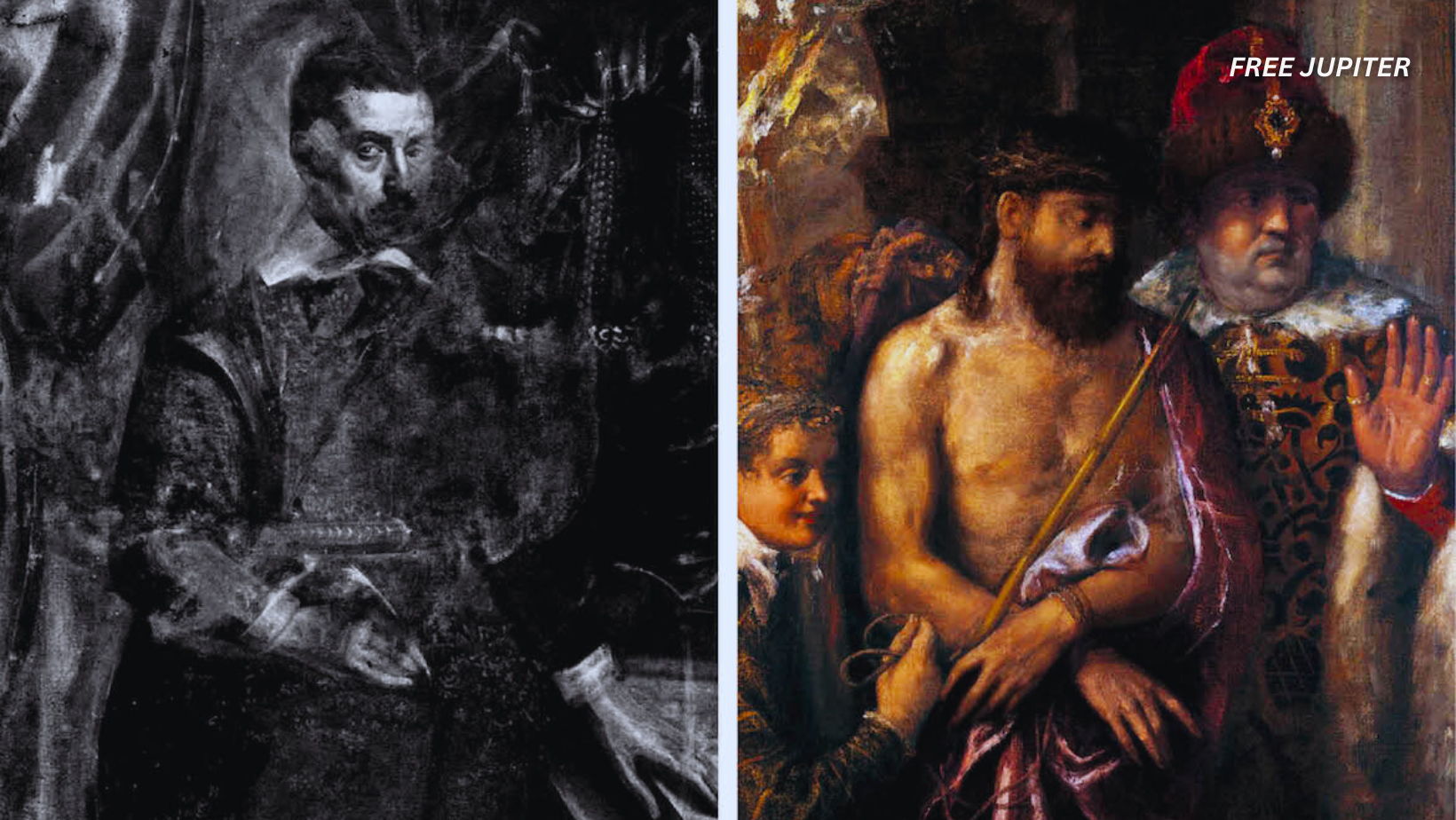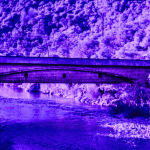The recent revelation of a hidden artwork beneath a renowned Renaissance painting has left both art historians and the public in a state of awe and excitement. For centuries, the painting in question was admired and studied, its surface unmarred and its history relatively well understood. However, the startling discovery made by a team of researchers has completely overturned this perception, revealing that beneath the recognizable masterpiece, there lies another, previously unknown creation.
This unexpected finding has sent ripples through the art world, raising both wonder and curiosity. How could such a significant aspect of the artwork remain hidden for so long? The painting, once thought to be a finished and flawless work, has now been revealed to have a deeper, more complex backstory than anyone could have imagined. The sheer scale of the discovery is astonishing. While many art experts suspected that underlying layers could contain previous drafts or adjustments, the idea that a completely separate painting had been concealed was a complete shock.
Advanced Technology Unveils the Secret
The artwork, concealed for hundreds of years, was detected using advanced imaging technology. Specialists had long suspected that something lay beneath the surface, but modern tools finally revealed the hidden composition. Researchers say this discovery could change how the original painting is understood.
The Artist’s Mysterious Intentions
The discovery of the hidden artwork beneath the Renaissance masterpiece has led to a wave of speculation regarding the artist’s creative intentions. While the visible painting has long been celebrated for its beauty and composition, the existence of a concealed piece raises intriguing questions about the artist’s working process.
Many Renaissance artists were known for experimenting with various concepts before finalizing their compositions. At a time when resources like canvases and paints were expensive, reworking a piece was not only practical but often necessary. However, the discovery of an entire, distinct painting beneath this masterpiece suggests a deeper narrative. This is not just a case of an artist changing their mind or refining details; it might indicate a deliberate decision to abandon one version of the painting for another. The hidden composition could very well be an early draft, a completely different scene that the artist discarded, or even a reflection of a fleeting artistic idea that never fully came to life.
The timing of the change in direction could hold significant meaning. Was the artist unsatisfied with their first attempt? Did the subject matter evolve over time as the artist’s ideas matured? Or did external factors—such as patron influence, social trends, or personal experiences—play a role in the decision to hide this work and start anew? Some scholars believe that this hidden painting may have been a rough draft, only to be rejected in favor of the final, more polished version. However, the boldness of fully concealing the earlier piece, rather than simply altering it, hints at something more profound. It suggests that the artist might have had a distinct reason for abandoning it—perhaps a shift in artistic philosophy, personal expression, or even a change in the direction of their career.
Read more: Iceberg Breaks Off Of Antarctica, Revealing Strange Tentacled Creatures Hidden Underneath
The fact that the hidden work differs so significantly from the final piece—both in style and subject matter—leads experts to theorize that the artist might have been grappling with competing ideas or influences. It’s possible that the first draft reflected a different emotional tone, political message, or narrative that the artist ultimately rejected. In a period when art was often commissioned by wealthy patrons or religious institutions, these external pressures might have guided the artist’s creative process, pushing them to align more closely with the expectations of the time.
A Common Practice in Renaissance Art
Experts suggest that during the Renaissance, artists often repainted their canvases. Materials were costly, so reusing surfaces was a common practice. However, in this case, the hidden artwork was intentionally covered, not simply replaced. This has led researchers to believe the artist may have changed their mind mid-process.
Cutting-Edge Imaging Techniques
Through infrared scanning and X-ray fluorescence, details of the lost artwork have been brought to light. The imaging techniques allow researchers to see layers beneath the top coat of paint without causing any damage. Faint outlines and color traces reveal a strikingly different composition from the final masterpiece. Some elements in the hidden piece resemble features in the completed painting, hinting at a possible evolution of ideas.
Debates Among Art Historians
Conservators and historians are now debating the significance of this buried treasure. Some believe it was a rough draft, while others suggest it was an entirely different scene that was later abandoned. Either way, the discovery is shedding new light on the artistic process of Renaissance painters.
A Mystery Yet to Be Solved
The identity of the hidden painting’s subject remains unclear. While some figures are recognizable, their poses and expressions differ from those in the finished artwork. This suggests that the artist experimented with multiple versions before settling on the final image. The hidden work may even contain clues about influences and inspirations that shaped the completed masterpiece.
What Else Might Be Hidden?
The discovery has also raised questions about how many other artworks might be hiding similar secrets. Scholars are eager to apply the same imaging techniques to other Renaissance pieces. If more hidden paintings are found, they could redefine how art from this era is interpreted.
Read more: Secret CIA Files Say That The Ark of the Covenant Does Really Exist And They Know Its Location
Careful Examination Continues
For now, experts are working carefully to analyze the newly revealed composition. The challenge lies in studying the hidden painting without damaging the original work. Some specialists argue that further conservation efforts might reveal even more details. Others warn that excessive intervention could compromise the masterpiece that has been admired for so long.
Unlocking the Secrets of the Past
This remarkable find has reignited interest in the mystery surrounding Renaissance art. Each brushstroke tells a story, and with technology’s help, lost chapters are being uncovered. Art lovers and historians alike eagerly await more revelations as research continues.
A Glimpse Into Hidden History
The discovery proves that even centuries-old paintings still hold surprises. Hidden beneath the layers of history, forgotten works of art are waiting to be found. With each new breakthrough, a deeper understanding of the past is gained, making the world of art even more fascinating.










